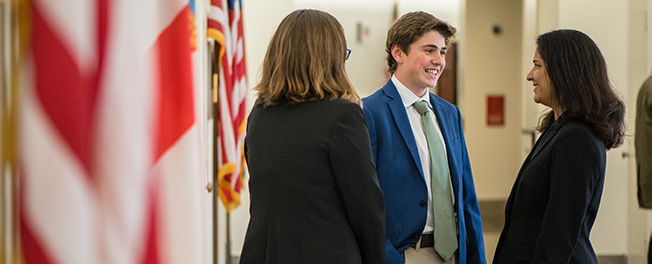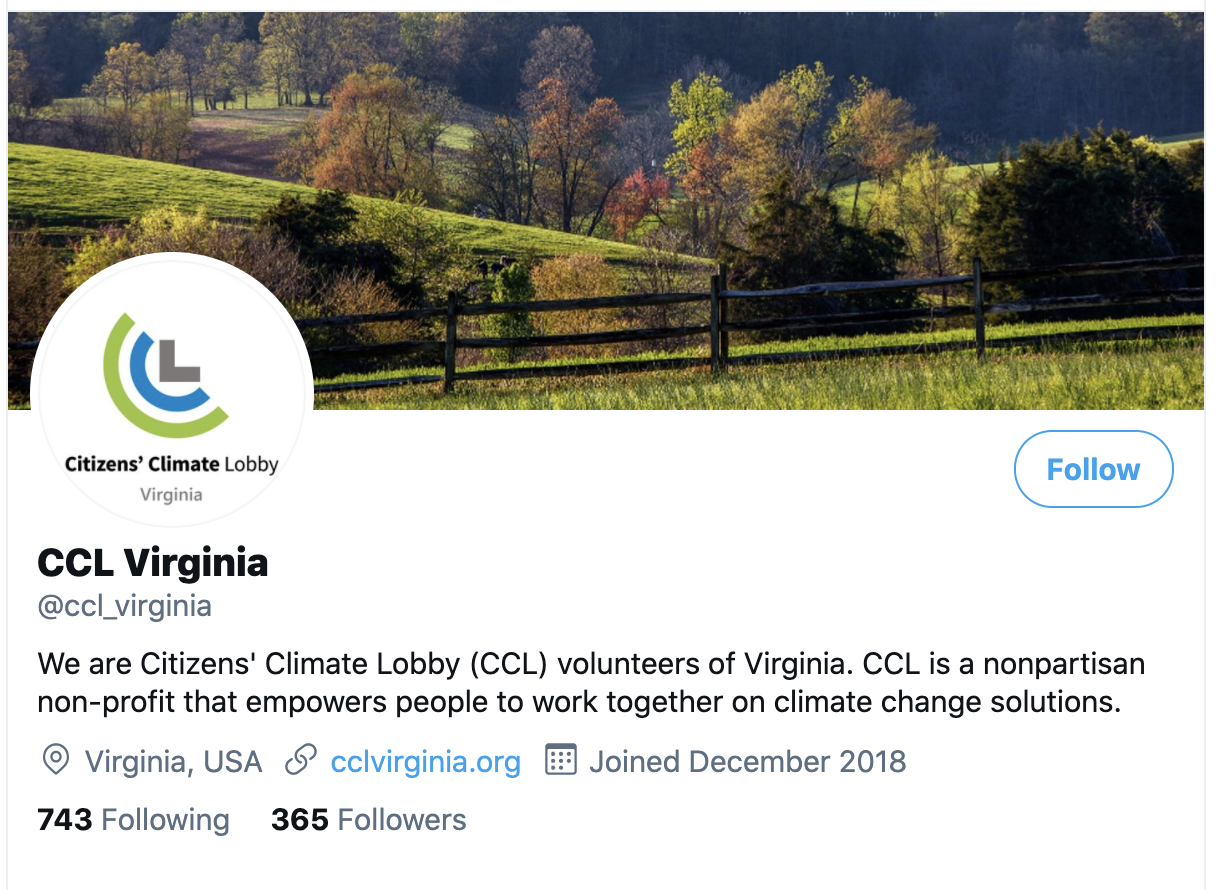
Youth Driving Change: The Importance of Resolutions
By: Katie Rueff
On August 2nd, CCL Youth’s Resolution Workshop––organized by Monta Vista senior, Karishma Goswami––began. Participants from across the U.S. (and even a member from Canada) signed onto the Zoom to learn how to write a climate resolution. Echoing the sentiments of the other students, Vinny (a senior at Lookout Valley High School) remarked, “[one of] the main things I hope to achieve is [to] have a group in my community that will bring more awareness to the issue [and] do what we can to actively support the environmental cause.”
A climate resolution expresses a group’s opinion on climate change and the actions they’d like to see taken––it can even express support for certain legislation. While any organization or coalition of students can pass a resolution, in this workshop we aimed to help Middle and High School aged students write resolutions geared towards their student councils and school boards. Those writing student council resolutions focused on actions specifically affecting their own school, while those writing school board resolutions expanded their range to encompass district-wide issues.
The first day, Kiran Garewal (a first-year at Georgia Tech) and Katie Rueff (a junior at Gunn High School) advised students as they wrote their “whereas” statements––the background for the resolution. On the second day, Lanier Poland (a first-year at Vasser) and Karishma helped students with their “therefore” statements: the action-oriented portion of the resolution. Though Lanier expressed concern for the “steep learning curve” that comes with this part, the participants put great thought and effort into making this section as powerful as it needs to be. On the final day, Karishma walked them through the next steps with the aim, as she says, “to provide everyone the opportunity to pass a resolution” because “this enables [them] to be the driving force behind the change that [they] want to see.”

Taken on the first day of the workshop, this photo depicts Kiran explaining climate resolutions.
Through our team’s effective use of templates, peer-to-peer mentoring, and informational presentations, we did our best to boil down the writing process, which usually takes months, into just one week. Even if you didn’t get a chance to attend our workshop, we strongly encourage you to check out the resources our groups used so that you too can expedite the process of writing a resolution at your own school. Of course, while it will take serious time and effort to reach the finish line after writing the piece, the race to get a climate resolution passed is more than worth pursuing.
Personally, after being able to support others through their writing journey and hearing all of the creative solutions they had to offer, I feel compelled to pass a resolution in my own school district. And, while I know that this will be just one resolution in one school district in one state in one country, it’s crucial to realize that these efforts add up. In fact, in the US alone, we have collectively managed to pass over 70 school board resolutions just within the past 4 years.
Ultimately, as young people, we need a way to have our voices heard in the struggle against the climate crisis. While we’re the ones who will be most affected by the long term consequences of global warming, we’re often left out of the conversation. Since we’re not yet old enough to vote, writing a resolution for our school boards or even just our schools gives us a symbolic vote as it enables us to become involved in solutions that directly impact our communities and show our representatives where our legislative priorities lie. As Anna, an 8th grader at Three Rivers Union School put it, “I hope to show my community that yes, climate change exists, but also that youth are stepping up and demanding solutions.” The goal of the workshop is to inspire youth across the nation to write their own resolutions, take agency in their communities, and further their impact by hosting resolution workshops to help other young people generate real change.

On the second day of the workshop, Karishma taught participants how to write whereas statements.
After hearing about all of this, beyond feeling at least a little more empowered, I also want you to walk away with all of the tools you need to write your own climate resolution. In fact, in addition to using our resources, please also feel free to sign up for a mentoring session if you would like one-on-one help from one of the workshop organizers by contacting me, Katie Rueff, at or Karishma Goswami at . And, of course, if you’ve already gotten a resolution passed, help others by hosting your own resolution workshop!
Katie Rueff is a junior at Gunn High School in Palo Alto, California. Outside of her work with CCL, she is the Vice President of Gunn’s Green Team and an active advocate for sustainability in her community.




